If you are looking for a simple but effective coping technique for anxiety, look no further: the 54321 anxiety technique is your answer!
This technique is one of the easiest relaxation methods you can learn. So, whether you’re feeling overwhelmed or facing a stressful situation it will help you stay grounded in the present moment by using your senses.
Whether you’re dealing with occasional anxiety or looking for new tools to add to your mental health toolkit, this technique can be a valuable resource. In this blog, we will explore how the 54321 anxiety technique works and guide you through implementing it in your daily life.
Understanding Anxiety and Its Unavoidable Effects

Anxiety is a natural response to stress or danger, often referred to as the “fight or flight” response. It’s a feeling of worry, nervousness, or unease about something with an uncertain outcome.
“You may not control all the events that happen to you, but you can decide not to be reduced by them.”
— Maya Angelou
At the time of an anxiety attack, you have to remember this. Controlling anxiety-causing events is not in your hand, but managing the symptoms is your target. To do so, you must understand the symptoms and consequences of anxiety disorders:
- Racing heartbeat
- An intense feeling of losing control
- Feeling dizzy
- A tingling sensation in your fingers and toes
- Nausea and vomiting tendencies
- Shaking, trembling, sweating
- Breathlessness
Know About: Social Anxiety Disorder Avoiding Situations
What is the 5-4-3-2-1 Coping Technique for Anxiety? Steps to Perform

The 5-4-3-2-1 method is one of the most effective, simple yet powerful coping exercises for anxiety that helps manage anxiety by focusing on your surroundings and engaging your senses.
It works by shifting your attention away from anxious thoughts and bringing you back to the present moment.
Step 1: Identify 4 Things That Are Visible
Look around and identify five things you can see as the first step of this coping exercises for anxiety. It can be anything in your immediate environment, from a piece of furniture to a picture on the wall. This step helps distract your mind from anxious thoughts and anchors you in the present.
Step 2: Identify 4 Things That You Can Touch
Notice four things you can touch as the second step of this anxiety relief method. This could be the feeling of your clothes, the texture of a chair, or the warmth of your coffee cup. Touching physical objects helps bring your awareness back to your body and the present moment.
Step 3: Name 3 Things You Are Able to Hear
Listen for three things you can hear. It might be the sound of birds outside, the hum of your computer, or your own breathing. Focusing on sounds around you can help quiet your mind and reduce anxiety.
Step 4: Name 2 Things You Can Smell
Identify two things you can smell. This could be the scent of your soap, a candle, or the fresh air. Smelling something pleasant can help soothe your nerves and enhance your sense of calm.
Step 5: Feel the Taste of 1 Thing in Your Mouth
Find one thing you can taste. It could be a sip of water, a mint, or the lingering taste of your last meal. Paying attention to taste can further ground you and complete the sensory experience.
Read More: Signs Of Relationship Anxiety
Benefits of the 5-4-3-2-1 Process of Mindfulness for Anxiety

This anxiety relief method has some unique benefits which are as follows:
1. 5-4-3-2-1 Method Calms Your Nerves
At the moment of an anxiety attack, your nervous system collapses as per the intensity of the attack. So, practicing this grounding method will help you calm down your senses. Your body releases hormones like adrenaline when it senses stress or worry, activating your fight or flight response.
By reversing the fight-or-flight response, the 5, 4, 3, 2, 1 method helps your nervous system return to a more balanced condition.
2. It is a Quick Anxiety management technique
5-4-3-2-1 technique is a very easy method to practice. Most of the time anxiety attacks can happen at anytime anywhere. So, this method will come in handy and help you calm yourself easily.
3. The Method Helps in Stress and Panic Management
Concentrating on regrets from the past or fears about the future might lead to stress. This method helps in concentrating on the here and now, this exercise is a useful tool for stress management.
4. The Method is Great for Managing Social Anxiety
As it can be performed anywhere, the method is helpful in managing social anxiety. Whenever you feel anxious in a social gathering you can silently practice this technique and calm down your senses.
Read More: Symptoms Of Anxiety And Depression
Perform 5-4-3-2-1 Anxiety Management Techniques for Better Mental Health
Hope you have understood this coping technique for anxiety and its benefits. Always remember that taking care of mental health is of utmost importance to keep your physical health perfect and to provide the best for your loved ones.
So, whenever you are bothered by the sudden hit of anxiety or panic attack consider using the techniques like mindfulness for anxiety and get medical attention if needed.
Frequently Asked Questions (FAQs)
1. What is the 5-4-3-2-1 coping technique for anxiety?
The 5-4-3-2-1 coping technique for anxiety is a grounding exercise that uses your senses to bring you back to the present moment.
2. Does 5-4-3-2-1 coping technique for anxiety really work?
Yes, the 5-4-3-2-1 coping technique can be effective for many people by helping them focus on the present and reduce anxiety.
3. How can I use the 5-4-3-2-1 anxiety – coping technique?
You can use the 5-4-3-2-1 technique by identifying 5 things you see, 4 things you touch, 3 things you hear, 2 things you smell, and 1 thing you taste.



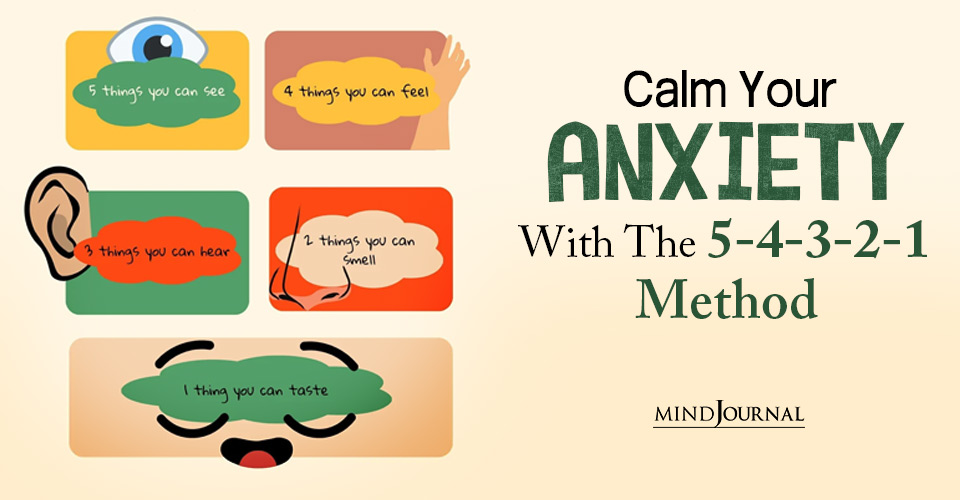
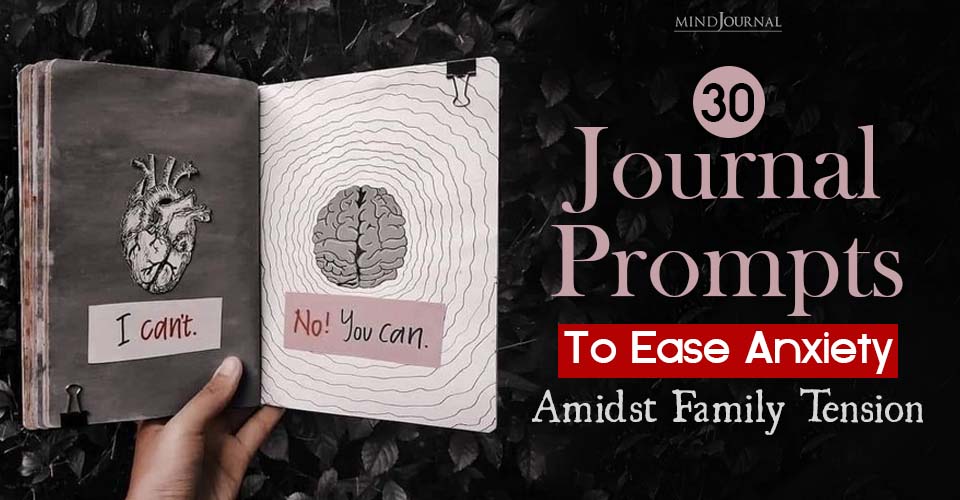

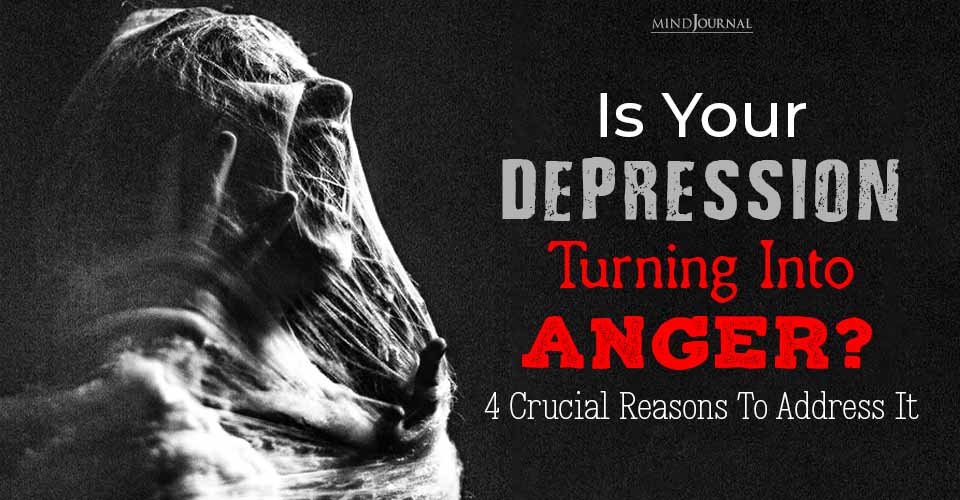
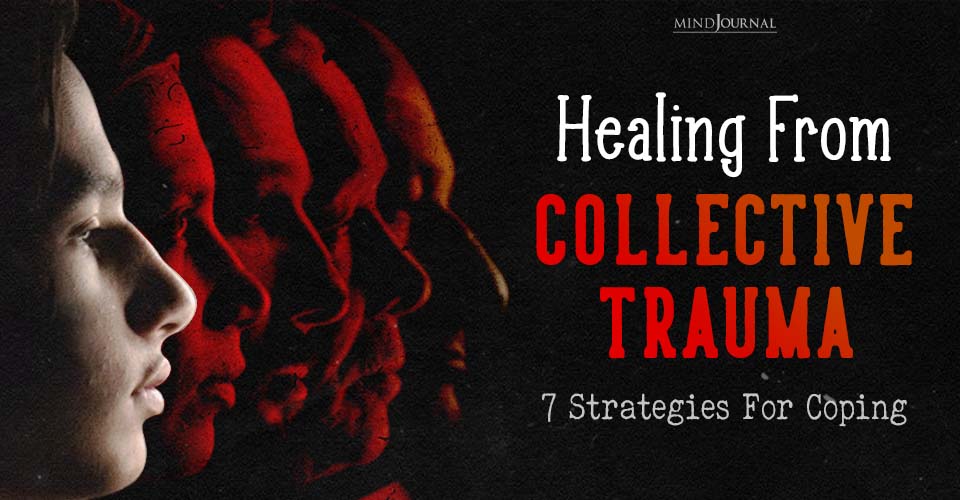


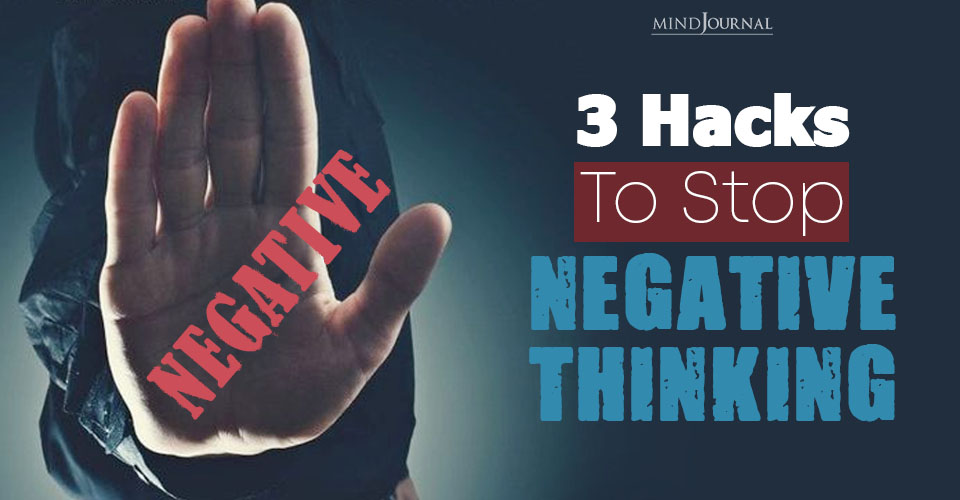
Leave a Reply